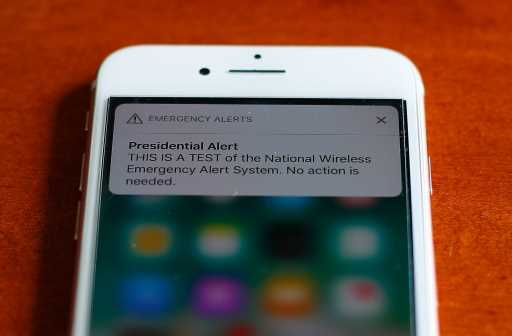Where to sign up for emergency alerts in Colorado
There’s a renewed focus on how emergency notifications are sent to residents during wildfires, dangerous criminal situations and hazardous weather after Marshall fire evacuees complained about a lack of warning in the first hours of the Dec. 30 wildfire that killed at least one person and destroyed more than 1,100 homes and businesses.
Boulder County evacuees have said a better notification system could have helped them save pets and family heirlooms as well as offered better guidance on escape routes from the fire’s path.
In a world of rapidly changing technology, the methods used by emergency authorities to warn citizens of danger range from Reverse 911 calls to landlines to direct messaging via people’s cellphones to radio and television announcements to old-fashioned door-to-door knocking.
While Colorado residents receive Amber Alerts and National Weather Service notifications on their cellphones, those messages are regulated by the Federal Emergency Management Agency.
But local sheriffs, police chiefs or fire chiefs just can’t blast messages to their constituents’ cellphones without first gaining federal approval to use that system. Most cities and counties in the state hire private contractors to create local emergency alert systems that are able to send focused alerts to specific neighborhoods or email lists.
FEMA regulates cell alerts through a system known as the Integrated Public Alert and Warning System, or IPAWS .
“That system is used nationwide to push out wireless emergency alerts, to push out broadcast emergency alerts you see on the TV and hear on the radio,” said Micki Trost, a spokeswoman for the Colorado Department of Homeland Security.
The U.S. president can use it for national emergencies, something FEMA tested during the Trump administration, and the National Weather Service can send out alerts via the emergency broadcast system and directly to cell phones.
Tribal, state and local authorities also can tap into the system but there are rules about how it is used. In Colorado, a local agency must apply through the state homeland security department, which makes sure it has a plan, training and a licensed vendor in place. Then the state forwards the application to FEMA for approval, Trost said.
Once the system is in place, local authorities decide when to use it and what messages to put out, and they must work within the federal rules.
In Colorado, some counties use it more often than others. The Colorado Bureau of Investigation uses it to send Amber Alerts. Eagle County uses it almost daily to advise motorists of conditions on Interstate 70 or Vail Pass and other weather-related problems, Trost said. Larimer County used it in 2020 during the Cameron Peak fire.
“It’s being used weekly somewhere in the state of Colorado,” she said.
But most counties don’t go directly to the wireless alert system, which pushes messages to every cell phone within the range of towers inside that jurisdiction. People who aren’t affected by a disaster would receive the messages, making sheriffs, police chiefs and fire chiefs reluctant to use it.
Instead, local governments hire private companies such as Everbridge and CodeRed — the company used in Jefferson, Douglas and Arapahoe counties — to create local alert systems.
In those programs, emergency agencies can work with people on the ground and 911 dispatchers to issue warnings to specific neighborhoods or geographical areas. The services offered by private companies also allow emergency responders to include maps or links to websites with more information, Trost said.
But, she said, “you need to sign up for those emergency opt-in alerts to make sure you get the information.”
How to register for local emergency alerts
The major law enforcement and fire departments in metro Denver contract with private companies to provide emergency alerts to cellphone users.
You are not automatically enrolled in these services when you purchase a cellphone. Instead, residents must register with their local government’s provider to be notified of local emergencies. If you use a landline phone, you are registered.
Here are the signup pages for the metro-area counties and statewide:
Adams County: public.coderedweb.com/CNE/en-US/EA22F5DE3F32
Arapahoe County: ace911.colorado.gov/arapalert
Aurora: auroragov.org/residents/public_safety
Boulder County, Boulder and Longmont: bouldercounty.org/safety/emergency
Broomfield: broomfield.org/CodeRed
Denver: Not available as city switches vendors
Douglas County: dcsheriff.net/codered
Jefferson County: jeffco.us/473/Emergency-Notifications
Statewide: dhsem.colorado.gov/emergencyalert
Source: Read Full Article

